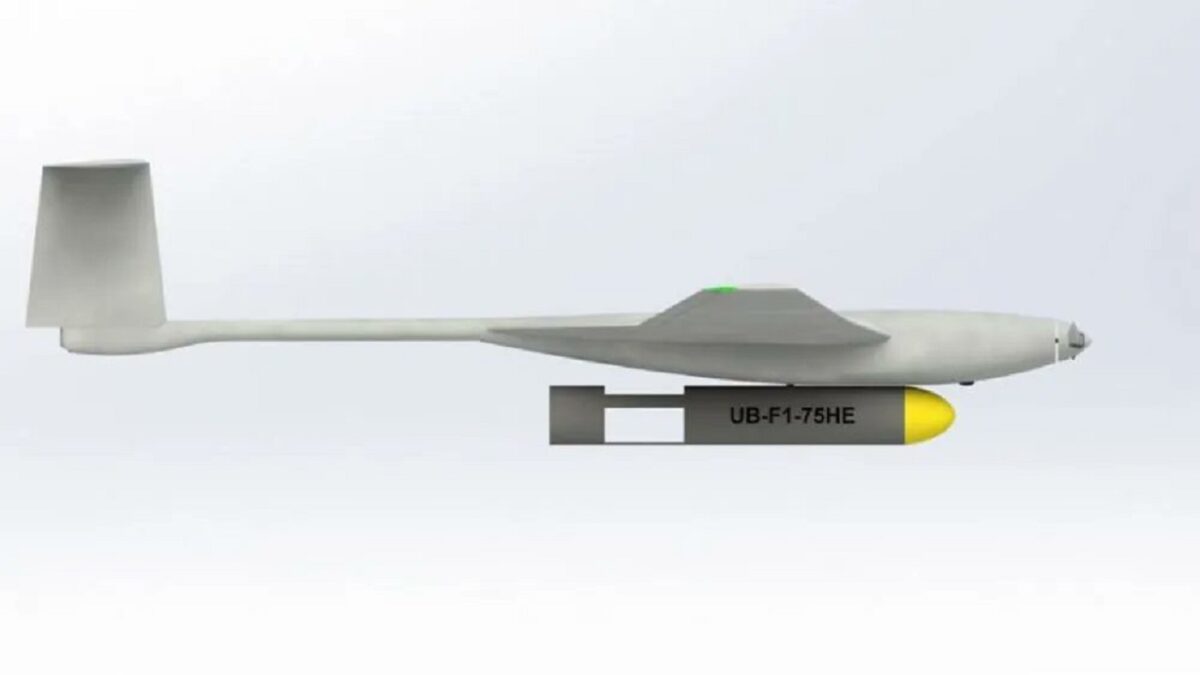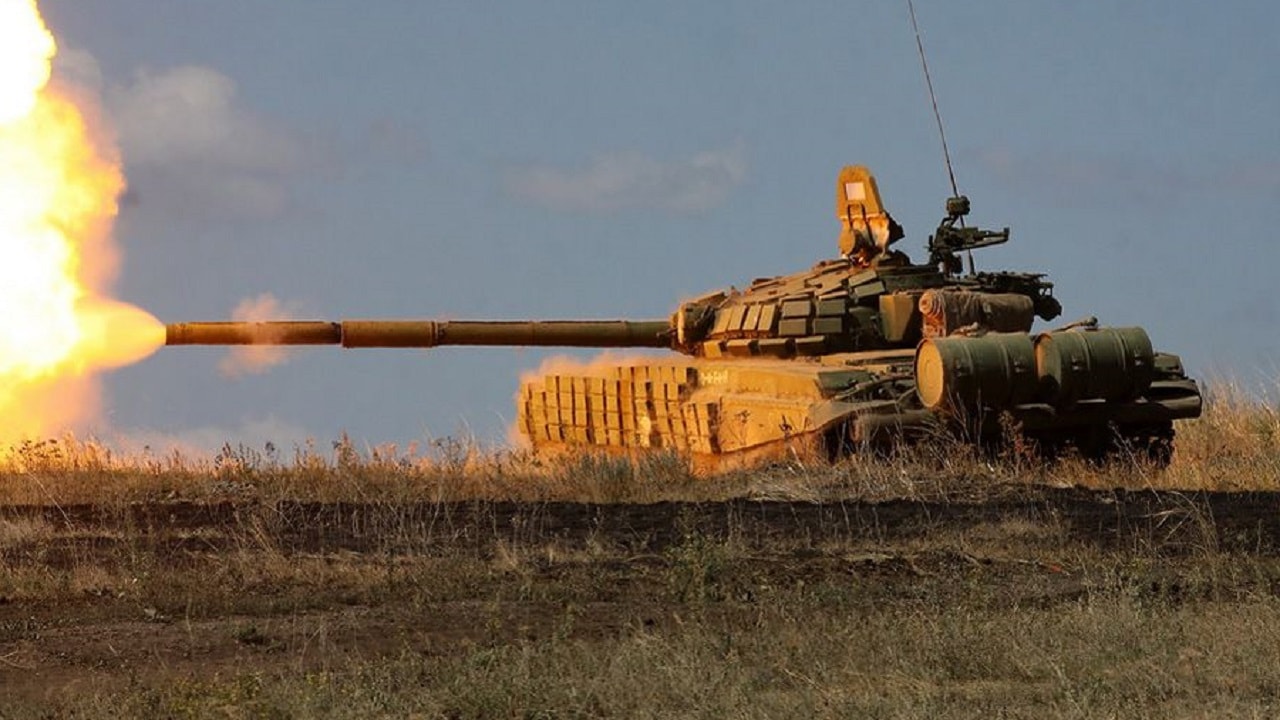Punisher Drone Is One of Russia’s Greatest Fears – Another drone in the Ukrainian arsenal is dishing out punishment and showing that its name means business.
Nicknamed the Punisher drone, this mid-size drone is making the Russians pay in Ukraine. The unmanned combat aerial vehicle has been flying behind enemy lines and targeting logistics and supply vehicles and other infrastructure. The Punisher drone is indigenously produced by a Ukrainian arms maker and that has given the country’s defense industrial base a shot in the arm.
The Punisher Drone Can Dish It Out
Eugene Bulatsev, a representative of the Ukrainian defense contractor UA-Dynamics, said the remotely-piloted vehicle is “game-changing.” Punisher drones have completed up to 60 effective missions since the Russian invasion began. “This is the cheapest and easiest way to deliver a punch from a long distance, without risking civilian lives,” he told the Times of London. Bulatsev also said the Punisher can take on three different targets per mission.
Smaller Size But Punches Above Its Weight
The drone flies low but its small size makes it difficult for the enemy to see. It can conduct an attack mission and return to base get re-outfitted and deploy again in seven minutes.
The Punisher has a 7.5-foot wingspan and can fly for several hours at a 1,300-feet elevation. It has a four-pound payload of explosives, a 29-mile strike range, and it can fly at a speed of 44-miles per hour. The speed is on the slow side, but the Punisher makes up for it with its relatively long-range compared to other mid-size drones.

Punisher Drone. Image Credit: Industry Handout.
It Has an In-Air Partner
Another intriguing aspect of the Punisher is that it flies with a smaller spotter drone that effectively paints targets. This is called the Spectre-1. The Spectre-1 has been finding victims that can really hurt the enemy in depth. These stationary objectives include ammo dumps, fuel stations, and air defense systems.
Defense Contractor Employees Tested in Battle
Punisher’s maker, the aforementioned UA-Dynamics, was started by Ukrainian veterans of the Donbas conflict against Russian-separatists before the invasion. They served at the front lines and watched enemy tactics closely – incorporating lessons learned into the Punisher concept.
Creating a Drone Battle Doctrine
The Punisher fits nicely into the Ukrainian drone order of battle.
The Ukrainians are using the Turkish-made Bayraktar TB2 drone to take out tanks and armored vehicles plus commercial off-the-shelf drones for close combat reconnaissance. The Punisher occupies the space in between the two and that has the drone designers excited for future operations.
“We Ukrainians recognized that we needed a weapon like this having faced so much firepower for so long and have developed and improved it ourselves for six years,” said Bulatsev.
Shoot and Move to the Next Launch Station
Another plus for the Punisher is that it can conduct a mission and then be broken down into four cases of components and loaded into a civilian vehicle to high-tail it to the next area of operations. This has allowed the Ukrainians to have an advantage in drone warfare. The commercial off-the-shelf drones can serve as decoys while the Punisher and Bayraktar do the damage.
Russia has been surprised by the resiliency of Ukrainian fighters. Vladimir Putin’s forces have lost hundreds of tanks and vehicles. Their supply lines have been fouled up and their morale has taken a hit as a result. The asymmetric warfare provided by Ukrainian drones is textbook insurgent and guerrilla warfare in which friendly forces make unexpected and surgical strikes, hide, move, and then repeat the process. Consider the Russians punished by drone warfare.
Now serving as 1945’s Defense and National Security Editor, Brent M. Eastwood, Ph.D., is the author of Humans, Machines, and Data: Future Trends in Warfare. He is an Emerging Threats expert and former U.S. Army Infantry officer. You can follow him on Twitter @BMEastwood.

